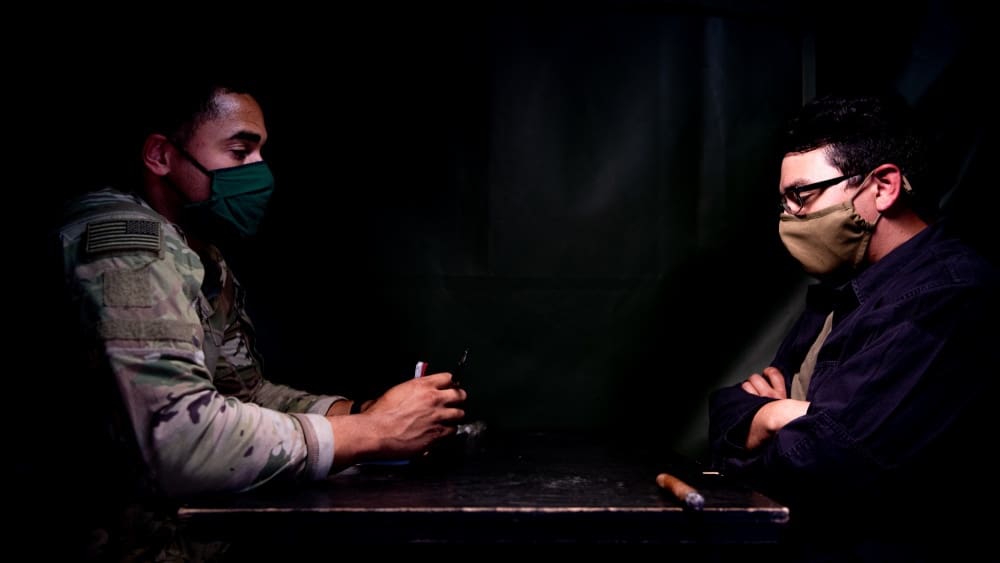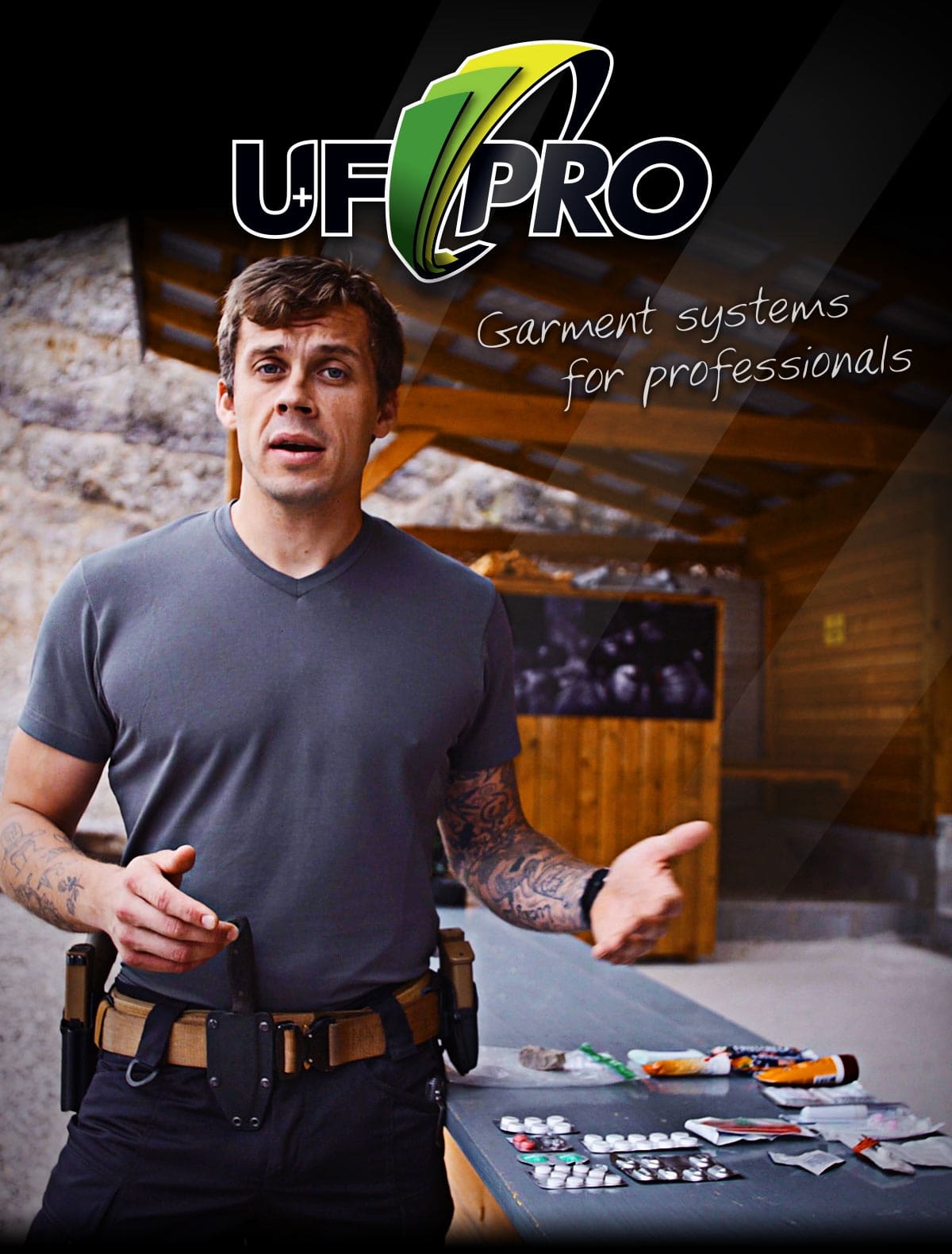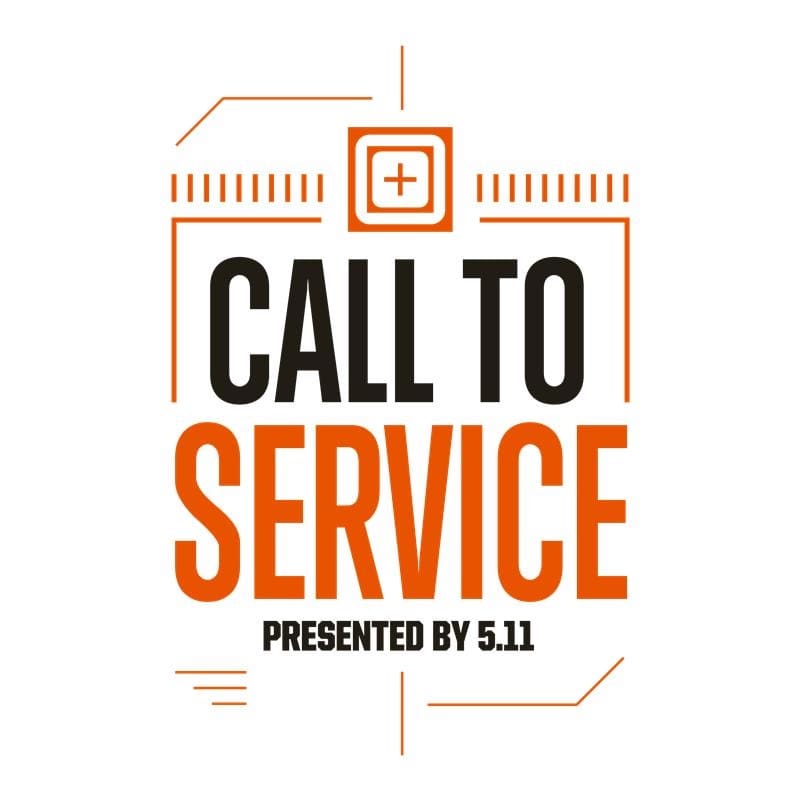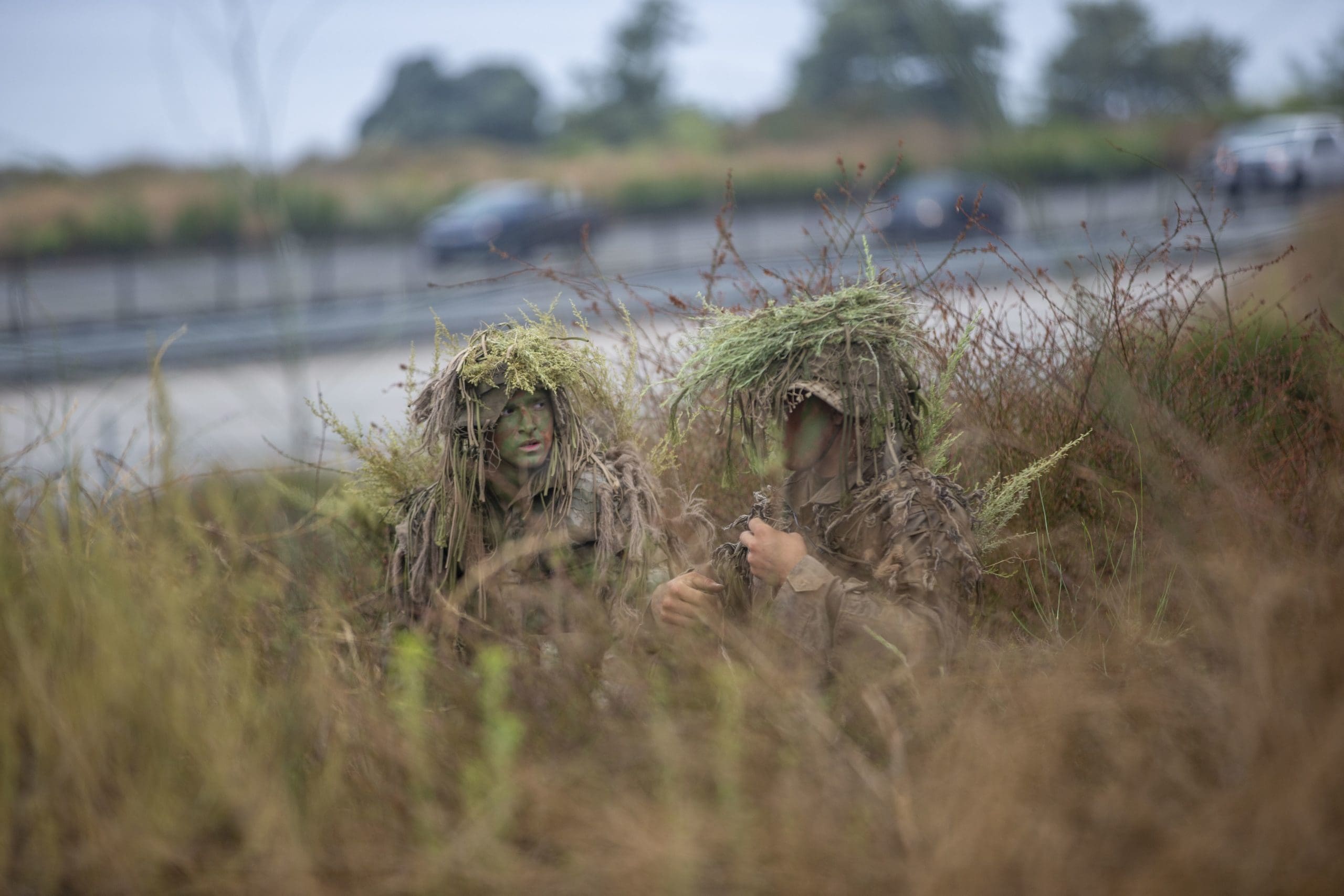Grafenwoehr, GERMANY – Intelligence Paratroopers from the 173rd Airborne Brigade recently completed the Army’s Military Intelligence Training Strategy (MITS) Tier II training on July 25, 2020, as part of the 173rd Brigade Field Training Exercise 20. This training is designed to build combat readiness and prepare the Brigade for the upcoming training event, Exercise Saber Junction 20.
MITS validates that Military Intelligence staff and units are prepared and proficient in their core tasks, through several qualifying events in the Human Intelligence, Intelligence Electronic Warfare, Combat Electronic Warfare Intelligence, Analysts and Geo-Analysts Platforms.
“This tier II event is important to us, because it gives us an opportunity to aggressively train in our critical intelligence tasks that our jobs require.” said Chief Warrant Officer 3 Chuck Damboise “It allows us to tell the brigade commander that we are ready to fight and win any mission that the 173rd has.”
The 173rd Airborne Brigade is the U.S. Army’s Contingency Response Force in Europe, providing rapidly deployable forces to the United States European, African and Central Command areas of responsibility. Forward deployed across Italy and Germany, the brigade routinely trains alongside NATO allies and partners to build partnerships and strengthen the alliance.
“The only [other] time that we get validations is when we’re at the school house [(Advanced Individual Training)].” Said Paratrooper Pfc. Aaron Wilkerson, a Human Intelligence Collector (35M). “Outside of the school house no one is really coming by to make sure you know what you’re doing. MITS is to ensure you know what you’re doing at your job.”
As part of his tier II validation, Wilkerson conducted a role-play scenario in which he practiced tactical questioning on a person pretending to be a detainee. In turn he passed the intelligence gathered to the other intelligence platforms for their validations.

MITS is a four tier strategy executed as individual stand-alone events and sequenced in order from Tier IV – Individual training, Tier III – Intelligence Crews, Tier II – Intelligence Platforms, and Tier I – the entire Intelligence War Fighting Function during a brigade exercise. The progression of the four tiers allows intelligence leaders and paratroopers to conduct focused training toward defined goals that are expected to be completed prior to a brigade-level combat training center rotation, like those executed at the National Training Center, Joint Readiness Training Center, or the Joint Multinational Readiness Center. Earlier this year, in late March, the 173rd started using this new training strategy.
Due to COVID-19, the unit had to work around the virus prevention measures in order for training to go smoothly. Tier II validation was scheduled to take place in April. However, this validation was rescheduled to the Tier I validation period. The largest issue that the unit faced in this particular training was the tier II Human Intelligence validation. The Human Intelligence Collectors are required to conduct tactical questioning of Human Intelligence Collectors from other units that pretend to be detainees. In order to combat the spread of the virus, both parties were required to sanitize, maintain appropriate social distancing, and utilize personal protective equipment.
Tier II played an important role in the operability of the brigade’s intelligence platforms. This training allowed Danger Company to remain technically and tactically proficient in their skills as intelligence platforms, as well as to provide the commander with an assessment on their capabilities and operational status.
The final portion of MITS, tier I; the War Fighting Function validation, for the 173rd Airborne Brigade was previously scheduled for late July or early August this year. However, the validation has been rescheduled for early 2021 due to COVID-19 spread prevention in mid-March. The War Fighting Function validation requires the cooperation of all the intelligence platforms to conduct an operation as a whole. This factor demands that all information, evaluations, and decisions must be precise and accurate in order to complete the mission.
Story by SGT John Yountz, 173rd Airborne Brigade





















































































































